End of Year Giving Letter Template for Meaningful Donations
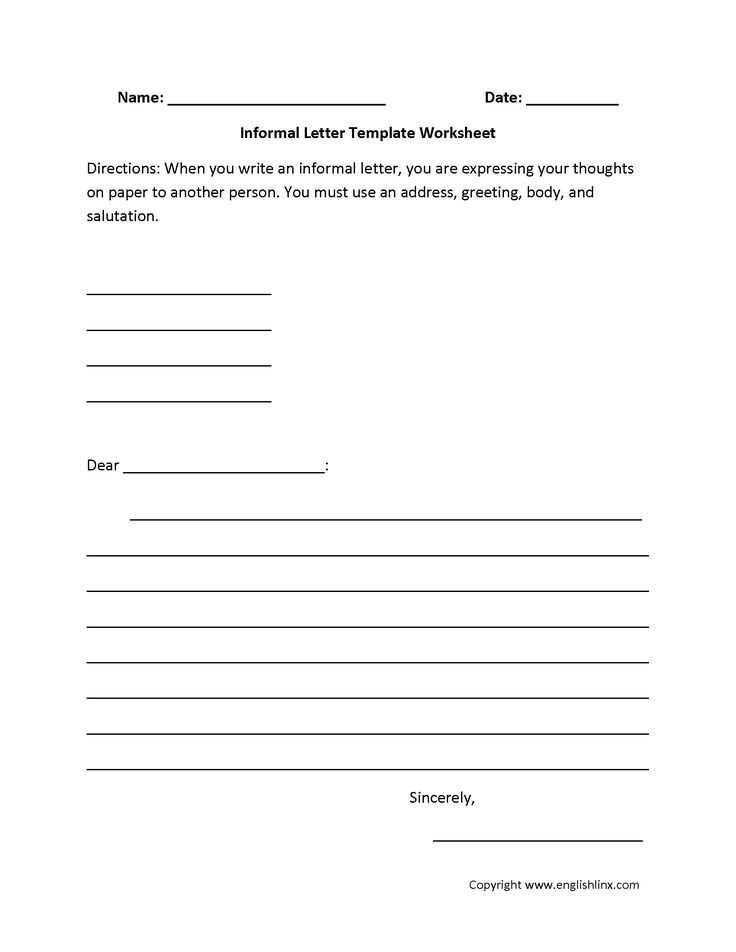
As the close of the calendar approaches, many individuals and organizations reflect on their charitable efforts and consider contributing to meaningful causes. This time offers a unique opportunity to reach out to potential supporters with a heartfelt request that resonates and encourages generosity.
The key to an effective appeal lies in crafting a message that connects on an emotional level while clearly outlining the difference their contribution will make. Whether it’s a specific project or ongoing initiatives, clear communication fosters trust and motivates action.
Understanding your audience and tailoring your approach is essential. While some donors may respond best to personal stories, others are drawn to facts and figures that highlight the tangible outcomes of their support. Choosing the right tone and content can significantly increase the likelihood of receiving the desired response.
Crafting a Compelling Appeal for Donations
When reaching out to potential supporters, it’s crucial to create a message that resonates emotionally and motivates action. A successful request should go beyond simply asking for financial support; it should inspire individuals to connect with your cause on a deeper level. Effective communication helps build trust and shows the tangible impact of their contributions.
Focusing on the Impact
Highlight how the funds will make a difference. Donors want to know that their support will lead to measurable outcomes. Whether it’s helping a community or advancing a specific mission, outlining the tangible results of their donation can encourage participation. Clearly articulating the benefits also builds a sense of accountability and transparency.
Creating a Personal Connection
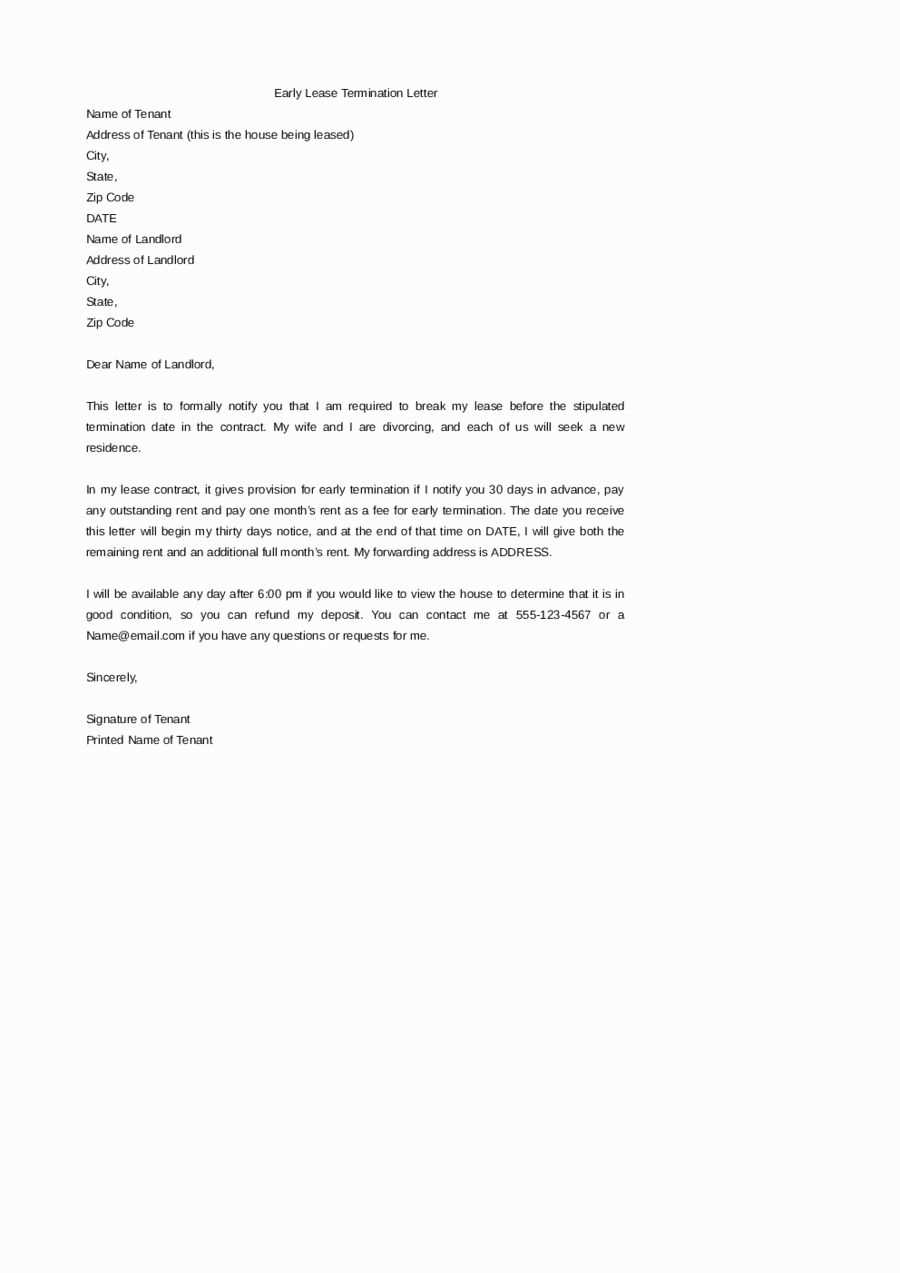
Personal stories can be powerful tools for drawing donors in. By sharing real-life examples of how their contributions will help, you create an emotional bond that resonates. Authenticity is key, so always ensure the message reflects the true nature of the cause, making it easier for individuals to feel personally involved and motivated to act.
Personalizing Your Donation Request Message
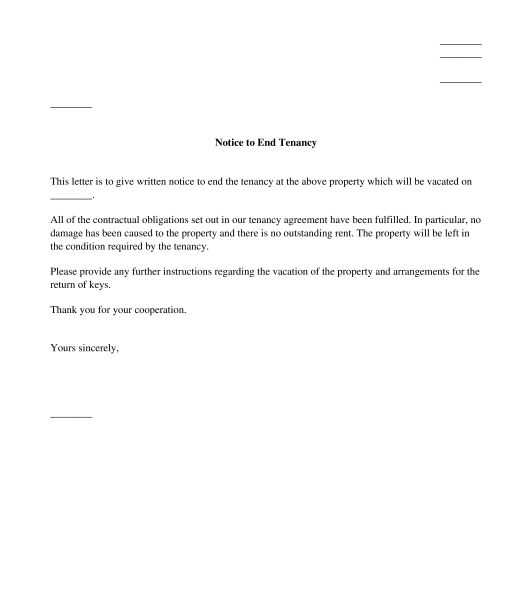
Crafting a request that feels individualized can significantly increase its effectiveness. Personalization makes the message more engaging and demonstrates that you understand and appreciate the recipient. A tailored appeal not only highlights the uniqueness of your cause but also ensures that the potential donor feels valued and recognized.
Addressing the Recipient Directly
Using the recipient’s name or specific reference to their past contributions can establish a more personal connection. This small touch shows that you are reaching out specifically to them, not just sending a generic message. Acknowledging their previous support, if applicable, also strengthens the relationship.
Segmenting Your Audience
Not all donors respond to the same approach. Segmenting your audience based on past interactions or interests allows you to tailor your message in a way that resonates with different groups. This way, each recipient receives a message relevant to their unique connection to your cause.
| Recipient Group | Message Focus |
|---|---|
| Previous Donors | Acknowledge past contributions and outline the next steps or future impact. |
| Potential New Donors | Introduce the cause, explain how donations will be used, and share the mission. |
| Volunteers | Highlight their impact and ask for support to continue the mission. |
Key Elements to Include in Your Message
An effective request should be carefully structured to ensure that all necessary components are present. These elements help guide the recipient through the message, making it clear what is being asked and why their support matters. Focusing on clarity and relevance enhances the likelihood of a positive response.
First, it’s important to clearly explain the cause or project for which you are seeking support. Donors need to understand where their money will go and how it will be used. Additionally, including a personal touch or emotional appeal can make a significant impact, connecting the donor to the cause on a deeper level.
Another critical component is a strong call to action. Be specific about how the donor can contribute and include a clear, simple process for them to follow. This could involve an online donation link, instructions for writing a check, or other actionable steps that make donating as easy as possible.
Effective Call to Action for Donations
A well-crafted request must include a clear and motivating call to action. This is the part of your message where you ask the recipient to take the next step, whether it’s making a donation or supporting the cause in another way. A strong call to action provides clarity and urgency, making it easy for the recipient to know exactly what to do next.
Making Your Request Clear and Simple
Donors need to understand exactly how they can help. Be specific in your request and avoid any ambiguity. The more straightforward the process, the more likely individuals are to follow through with their support. Here are some examples of actionable phrases:
- “Click here to make a donation now”
- “Support our cause with a one-time contribution”
- “Help us reach our goal by donating today”
Creating a Sense of Urgency
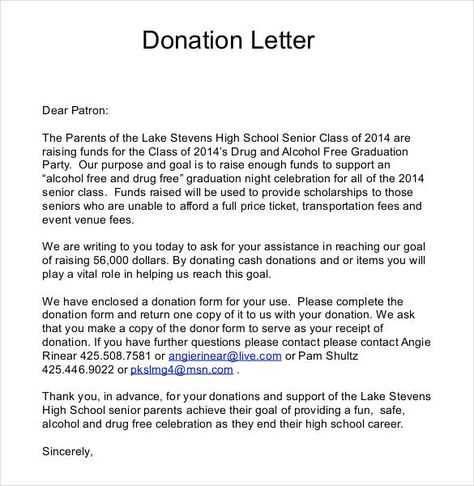
Adding a sense of urgency can motivate potential donors to act quickly. Use language that highlights the time-sensitive nature of your appeal, such as deadlines or matching donation offers. Here are a few ways to prompt immediate action:
- “Your donation today will be matched!”
- “Only a few days left to make an impact!”
- “Act now to help us reach our goal!”
Timing Your Fundraising Campaign
The timing of your request plays a crucial role in its success. Choosing the right moment to reach out to potential supporters can maximize engagement and increase the likelihood of receiving contributions. Strategic planning around key dates, seasonal factors, and donor behavior helps ensure that your appeal resonates at the most opportune time.
For example, approaching potential donors during certain holidays or significant calendar events can align your message with the spirit of generosity. Additionally, sending your request with enough lead time allows recipients to process the information and make decisions without feeling rushed.
Consider any specific deadlines or matching fund opportunities that may create a sense of urgency. Timing is not just about when you send the message but also how it fits within your broader fundraising strategy.
Building a Strong Connection with Donors
Establishing a meaningful relationship with your supporters is key to successful fundraising. When donors feel personally connected to your cause, they are more likely to continue supporting you over time. A strong connection goes beyond the transaction and fosters a deeper sense of loyalty and involvement.
Personalizing Your Communication
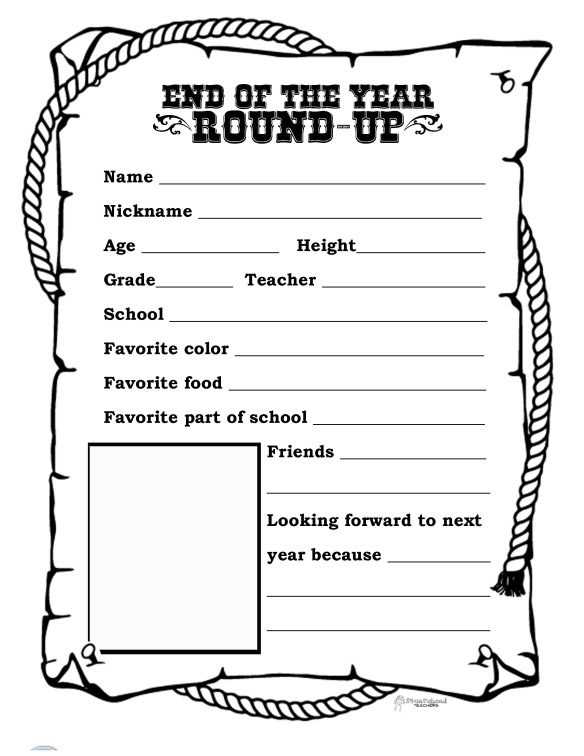
Engage with donors on a personal level by acknowledging their unique contributions and showing genuine appreciation. This can be done through personalized messages, updates on the impact of their support, and recognizing milestones. People want to feel that their donation matters, and that their involvement is valued.
Sharing Impactful Stories
One of the most effective ways to connect emotionally is through storytelling. Share real-life stories about how donations have made a difference in the lives of those who benefit from your efforts. Highlighting success stories and tangible results allows donors to see the direct impact of their generosity, which can strengthen their connection to your cause.